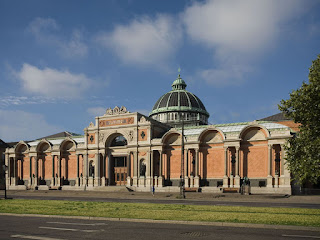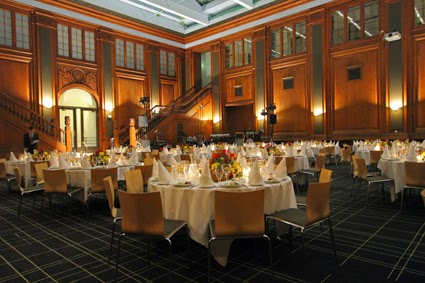Why to visit Denmark 2: 3 more reasons to come
1. FREETOWN CHRISTIANA
One of the fascinating locations in
Denmark is Freetown Christiana,
a community in Copenhagen infamous for its very
own liberated set of rules. Here, you will discover anarchism rampant, the
hippie motion greater alive than ever, yoga as the maximum famous activity, a constrained
variety of personal cars allowed, a thriving gay residence, and each academics
and jobless people taking sanctuary - which makes it an entirely unique world
of its own. You may even locate hash and skunk weed brazenly bought in many
stores alongside Pusher road, despite the fact that that is something Denmark
is attempting to ratify.
 |
| Christiania Source |
2. THE HAPPIEST LOCATION ON THE PLANET
Between its many accolades and
honors, Denmark has received the distinction of being the happiest place on
earth, and you may find this easy to recognize once you visit Denmark. In its
capital city, Copenhagen, on its own, you may locate Danes smiling even as
shopping along Europe's longest pedestrian streets, having a family picnic at
the Tivoli Gardens. Or playing a carefree walk in the gardens of the
Amalienborg Palace, especially during the country's seemingly endless summer
season days. Even in iciness while the sun rarely shines, leisure activities
abound, while there are fairs scattered in the course of the year, just like
the three-day Carnival of Copenhagen, the equally colourful Aalborg Carnival,
the Odense Global Days of Blues and the Holmsboe pageant in Horsens. Indeed, in
case you had been a Dane, you'll be glad, too.
 |
| www.gammeldansk.dk |
3. DANISH MEALS
For its cuisine, Denmark has diverse
nearby specialties like pan-fried plaice with wild berries in Skagen,
Pram-Rager-Ryde (lumps of beef with Viscount St. Albans and coarsely chopped
veggies) in Gudena. Also cabbage sausage in southern Jutland and bide sild
(herring soaked in brine) in Mon, while open sandwiches or Smorrebrod may be
found nearly everywhere. For tasty Danish gourmand dishes, attempt eating out
at one of the Michelin-starred eating places within the country, like Formel B,
eating place Ensemble, restaurant Herman, and Noma.
For drinks, you will find Fisk,Gammel Dansk,GaJol, in Danish pubs, as well as champagne and fruit wines served in
Danish eating places, despite the fact that Denmark stays a large nation, with
nearly a hundred microbreweries. Famous breweries include those in Herslev,
Refsvindinge, and Bogedal, in which beer brewing is considered an artwork and
completed the traditional manner - with human arms or old skool generation -
which lead them to worth sights while you go to Denmark. You'll also discover
Gløgg or warm punch all round in the course of Christmas, which is much enjoyed
with the roast goose or special rice porridge that incorporates the Julefrokost
or Christmas ceremonial dinner.








.jpg)






